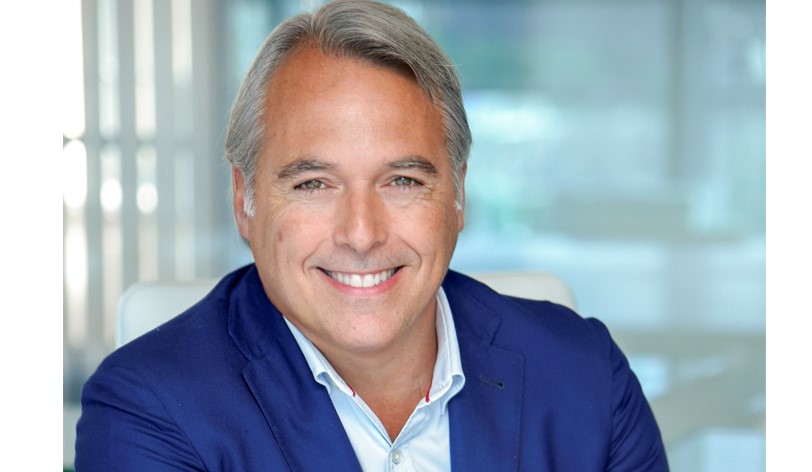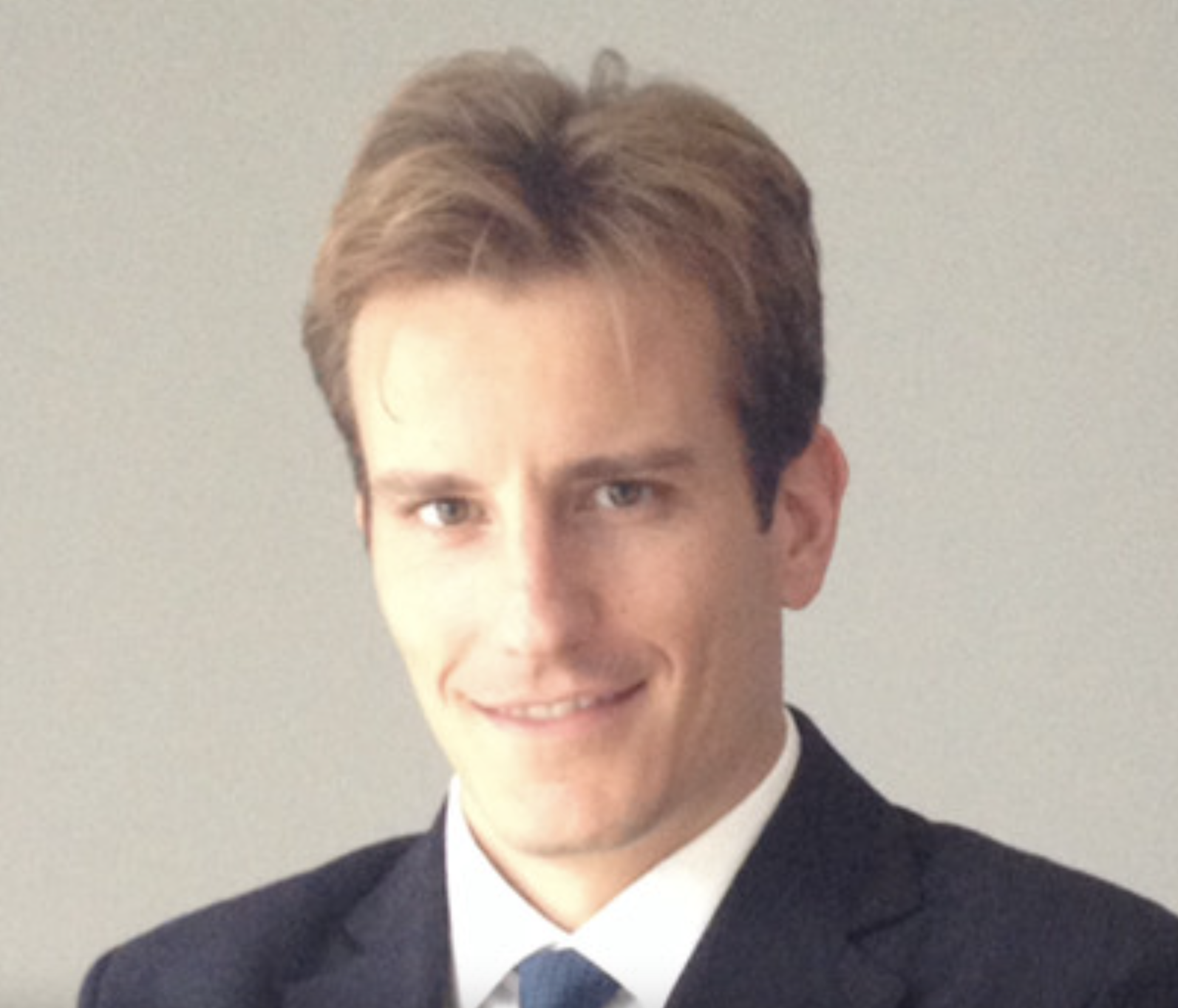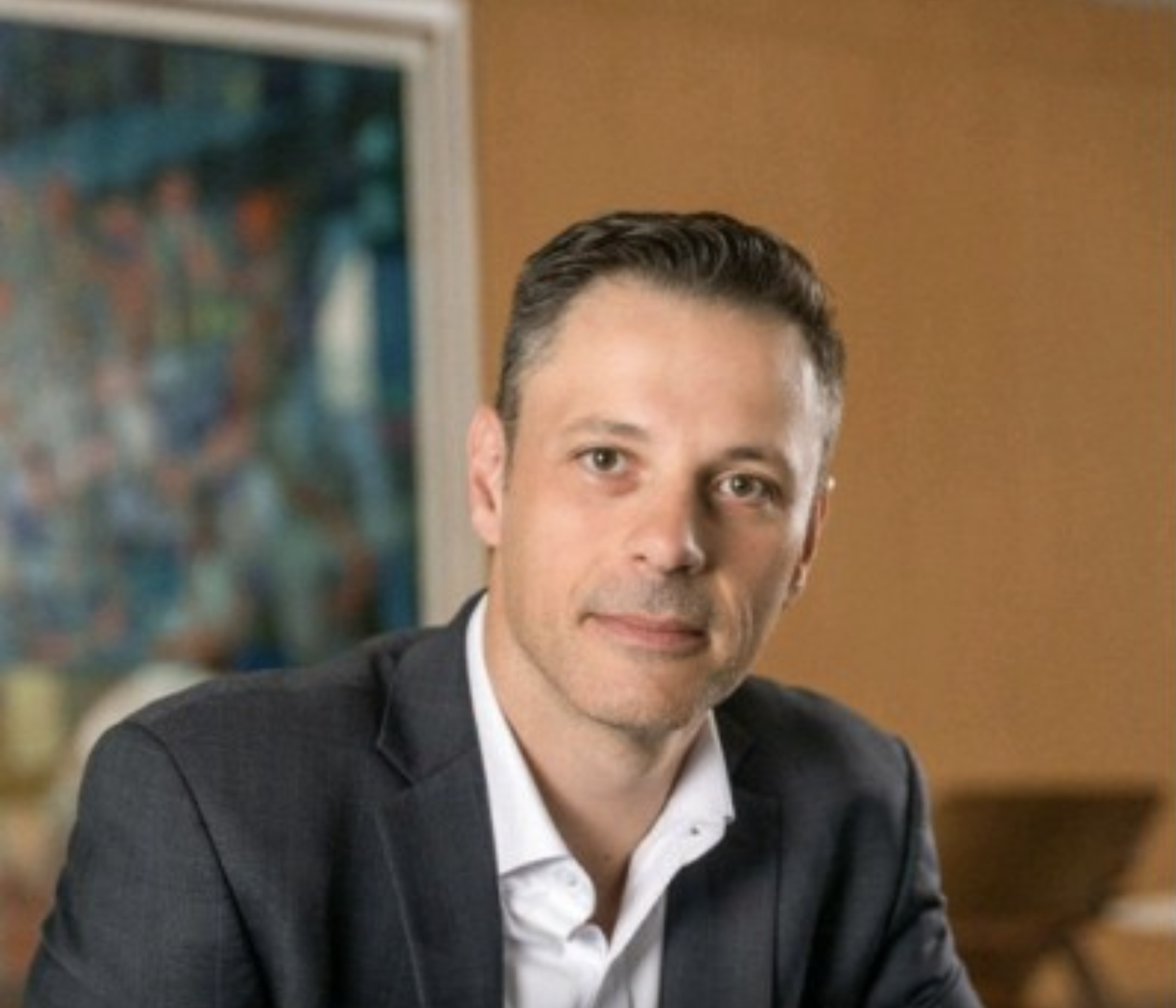Global Government Debt Set to Soar to a Record $71.6 Trillion in 2022
| Por Beatriz Zúñiga | 0 Comentarios

2022 will see global sovereign debt rise by 9.5%, up by $6.2 trillion to a record $71.6 trillion, according to the second annual Janus Henderson Sovereign Debt Index. The increase will be driven by the US, Japan and China in particular, though almost every country is likely to borrow further.
Global government debt jumped to a record $65.4 trillion in 2021. On a constant-currency basis, public debt levels rose 7.8% as governments borrowed an additional net $4.7 trillion. Since the pandemic began, global sovereign debt has soared by over a quarter, up from $52.2 trillion in January 2020 to today’s record.

Every country Janus Henderson examined saw borrowing rise in 2021. China’s debts rose fastest and by the most in cash terms, up by a fifth, or $650 billion. Among large, developed economies, Germany saw the biggest increase in percentage terms, with borrowing rising by one seventh (+14.7%), almost twice the pace of the global average.
Despite surging levels of borrowing, debt servicing costs remained low. Last year, the effective interest rate on all the world’s government debt was just 1.6%, down from 1.8% in 2020. This brought the total cost of servicing the debt down to $1.01 trillion, compared to $1.07 trillion in 2020. The strong global economic recovery meant the global debt / GDP ratio improved to 80.7% in 2021 from 87.5% in 2020 as the rebound in economic activity outpaced the increase in borrowing.
2022 will see debt servicing costs significantly increase
The global interest burden is set to rise by around one seventh on a constant-currency basis (14.5%) to $1,160bn in 2022. The biggest impact is set to be felt in the UK thanks to a rising interest rates, the impact of higher inflation on the large amount of UK index-linked debt, and the cost of unwinding the QE programme. As interest rates rise, there is a significant fiscal cost associated with unwinding QE. Central banks will crystallize losses on their bond holdings which have to be paid for by taxpayers.
Bond market divergence signals opportunities for investors
During the first couple of years of the pandemic, bond markets around the world converged. Now, the theme is divergence. The US, UK, Europe, Canada and Australia are focused on tightening monetary policy to squeeze out inflation – both through higher interest rates and with tentative steps towards unwinding quantitative easing programmes. By contrast, the Chinese central bank is stimulating the economy with looser policy.

Janus Henderson sees asset allocation opportunities in shorter-dated bonds as they are less susceptible to changing market conditions. Janus Henderson believes markets are expecting more interest rate hikes than are likely to materialise and this means shorter-dated bonds will benefit if the tightening cycle ends sooner.
Bethany Payne, portfolio manager, global bonds at Janus Henderson said: “The pandemic has had a huge impact on government borrowing – and the after-effects are set to continue for some time yet. The tragedy unfolding in Ukraine is also likely to pressure Western governments to borrow more to fund increased defence spending. despite recent volatility, opportunities exist for investors in sovereign bonds markets.”
Payne adds tha during the first couple of years of the pandemic, the big theme was how bond markets around the world converged. Now, the theme is divergence; regime change is underway in the US, UK, Canada, Europe and Australia, which are now focused on how to tighten monetary policy to squeeze out inflation, while other regions are still in loosening mode. Regarding Asset Allocation, there are two areas of opportunity.
“One is China, which is actively engaging in loosening monetary policy, and Switzerland, which has more protection from inflationary pressure as energy takes up a much smaller percentage of its inflationary basket and their policy is tied, but lagging, to the ECB”, she adds.












